(photo credit)
Taken from Vol. III of "The Lives or the Fathers, Martyrs and Other Principal Saints" by the Rev. Alban Butler
The saint's head was carried by the infidels into a wood and thrown into a brake of bushes; but miraculously found by a pillar of light and deposited with the body at Hoxdon. These sacred remains were very soon after conveyed to Bedricsworth, or Kingston, since called St. Edmundsbury, because this place was St. Edmund's own town and private patrimony; not on account of his burial, for in the English-Saxon language signified a court or palace. A church of timber was erected over the place where he was interred, which was thus built according to the fashion of those times. Trunks of large trees were sawn lengthways in the middle and reared up with one end fixed in the ground, with the bark or rough side outermost. These trunks being made of an equal height and set up close to one another, and the interstices filled up with mud or mortar, formed the four walls, upon which was raised a thatched roof. Nor can we be surprised at the homeliness of this structure, since the same was the fabric of the royal rich abbey of Glastonbury, the work of the most munificent and powerful West-Saxon kings, till in latter ages it was built in a stately manner of stone. The precious remains of St. Edmund were honoured with many miracles. In 920, for fear of the barbarians under Turkil the Dane, in the reign of King Ethelred, they were conveyed to London by Alfun, bishop of that city, and the monk Egelwin, or Ailwin, the keeper of this sacred treasure, who never abandoned it. After remaining three years in the Church of St. Gregory, in London, it was translated again with honour to St. Edmundsbury in 923. The great church of timberwork stood till King Knute, or Canutus, to make reparation for the injuries his father Swein, or Sweno, had done to this place and to the relics of the martyr, built and founded there, in 1020, a new most magnificent church and abbey in honour of this holy martyr. The unparalleled piety, humility, meekness, and other virtues of St. Edmund are admirably set forth by our historians. This incomparable prince and holy martyr was considered by succeeding English kings as their special patron, and as an accomplished model of all royal virtues. The feast of St. Edmund is reckoned among the holidays of precept in this kingdom by the national council of Oxford in 1222; but is omitted in the constitutions of Archbishop Simon Islep, who retrenched certain holidays in 1362.
Taken from Vol. III of "The Lives or the Fathers, Martyrs and Other Principal Saints" by the Rev. Alban Butler



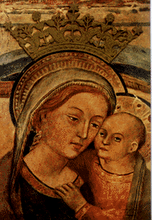
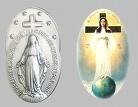

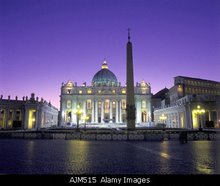

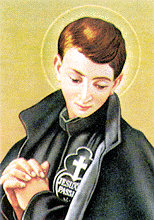
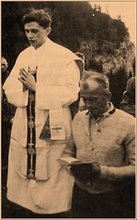
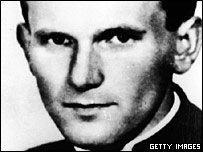
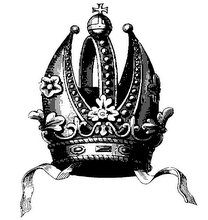
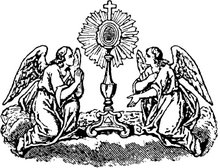
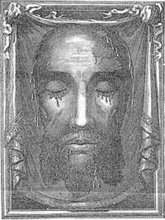
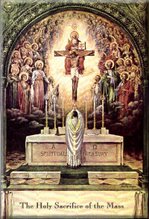

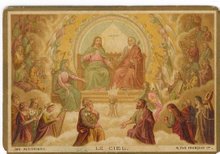



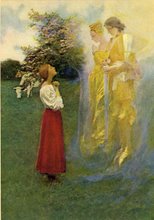
01.jpg)


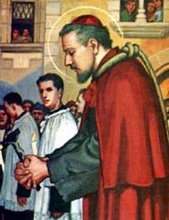

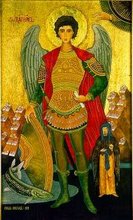

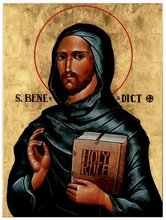

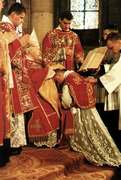


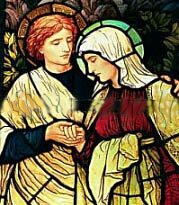
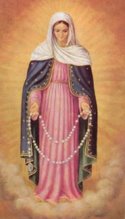
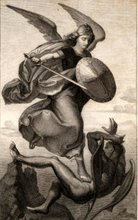
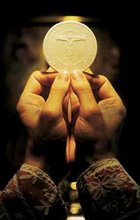

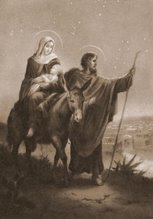
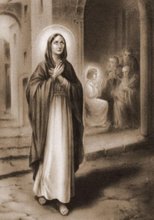
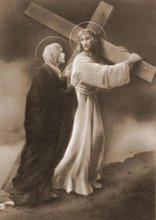
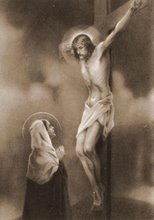
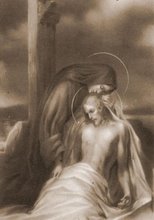
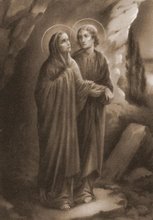
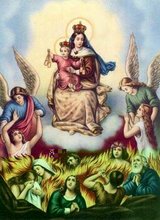


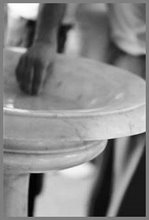
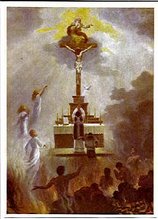


No comments:
Post a Comment